The Abandoned Village of Kuldhara near Jaisalmer, Rajasthan || Facts and Fables about why the Paliwal Brahmins abandoned this village of their ancestors
Kuldhara is right up there next to Bhangarh in the list of the most haunted places in India. And when we discussed our plans to go there in the afternoon, our hotel person immediately warned us not to do so. "It is a haunted village. Don't go there close to the evening. Visit in the morning and be back by lunch."
We were definitely excited about going to Kuldhara. I am fascinated by the paranormal though I am scared enough to pray that I never come across anything mildly paranormal in my life.
And we also did not know exactly what to expect at Kuldhara, sightseeing wise. However, one thing that we were definitely expecting was the heat and the sharp sun. And that is not something that either of us are fond of.
But when you are in Jaisalmer in October, you do not have much choice about the weather. Anyway, we headed out one morning and after a short visit to Amar Sagar Jain Temple in Lodhurva, we headed over to Kuldhara.
We reached the gate at around 10 AM and the sun was really bright. It was quite hot as well. At the gate one needs to pay the charges - Rs 10 per person and Rs 50 for the car to go inside. Once inside, you drive for about 5 minutes to reach the site.
One suggestion would be to have your meals before you go inside, because once inside, you will only find one ice cream seller there. And the visit would take a couple of hours at least. And carry your bottles of water, because you would get thirsty for sure.
The Sun is right overhead and it is dry and hot, so do make sure you have put on your sunscreen, and are carrying your hats and sunglasses, because otherwise, you might find yourself getting a tan that you will not be able to get rid of easily.
Once you reach there, you will see some buildings that will not appear too much like ruins to you. They have been renovated recently the the Archeological Survey of India to give the visitors some idea about how the ruins must have looked before they were abandoned and started falling down.
If you climb to the first floor of these buildings, you can see the actual dilapidated buildings behind these renovated ones. The renovated buildings as well as the ruins are all made of yellow sandstone.
You can still make out the streets that the inhabitants of the village must have once walked on. You can see how quaint it must have been. And it does fill you with a sense of loss and sorrow, if not dread, for a village that had great potential but had to be abandoned to be overtaken by the elements.
Unlike what I had originally assumed, the story of Kuldhara's ruin is not too old. It happened in the late 19th century. And unlike some legends, it seems that it might not have been abandoned overnight. The process probably took longer. But let us look at both the possibilities.
The village was once the abode of the prosperous Paliwal Brahmins. It was established around 13th century. However, by the late 19th century, it was all but abandoned. As per the legends, this happened because of the atrocities of the Diwan of Jaisalmer State, Salim Singh (aka Zalim Singh). It is his haveli that stands today in the city of Jaisalmer.
Even about this, there are two stories. One says that Salim Singh took an instant liking to the daughter of the head of the village and was hell bent on attaining her. In order to escape the minister's wrath the inhabitants of the village vanished overnight and till date, they haven't been traced.
The legends also attribute the abandonment of the village to the heavy taxes imposed by the very same Salim Singh. So yes, as per the legends, this one minister caused the Brahmins to abandon their homes that they had lived in for generations. And they also cursed the place for good measure before leaving, so that no one could ever inhabit these houses again.
However, as per the population data that was collected over the years, this abandonment happened gradually over decades or even centuries. Considering ~4 persons per household and the number of ruined houses as 400 (as per the current ruins), Syed Ali Nadeem Rezavi, scholar and professor of History, Aligarh Muslim University, estimated the 17th-18th century population of Kuldhara as 1,588.
This was part of a study conducted in 1995 and at that time the only water available in the village was stagnant at the bottom of a dried up riverbed. So
The British officer James Tod recorded the 1815 population of Kuldhara as 800 (in 200 households). It seems that by this time the Paliwals had already started deserting the village. By 1890, the population of the village had declined to 37 people; the number of houses was recorded as 117.
So, it can be seen that the abandonment happened gradually and it may have been an organic development after the resources dwindled and people moved on to greener pastures. We see it happening even today in the hills where the younger generations study engineering and move to metropolitan areas for jobs. Their parents move with them and most of the villages have only senior people living in them. Abandonment is a gradual process.
Out of the two possibilities, I find the gradual abandonment more probable. The other tale is too dramatic and too cliche if I may add. But that is just my opinion. By no means do I claim to not believe in paranormal. I openly admit that there may be things out there that I don't understand or are beyond the current limitations of scientific explanations. But we do have proof through statistics that the decline in population was gradual.
About the general atmosphere of the place, we had reached the village at a time when there were many other visitors and in fact a bus-full of school kids had also just reached when we were there. So we were not scared. We didn't get any goosebumps as many other travelers claim that they got. However, when they were leaving, a group of schoolboys did freak out a bit when they heard a sound in the bushes. I think they were already a little freaked when they had arrived.
About the ghosts, even the local residents rubbish the claims. Some actually go ahead and claim that they have stayed inside this village overnight and have never seen or heard anything out of ordinary. Some get annoyed at the mention of this. However, just because some people haven't experienced anything yet, it doesn't mean that no one ever will. You never know...

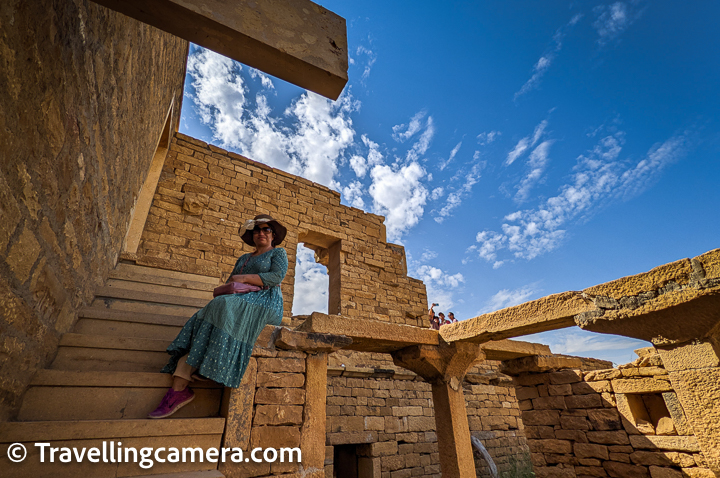

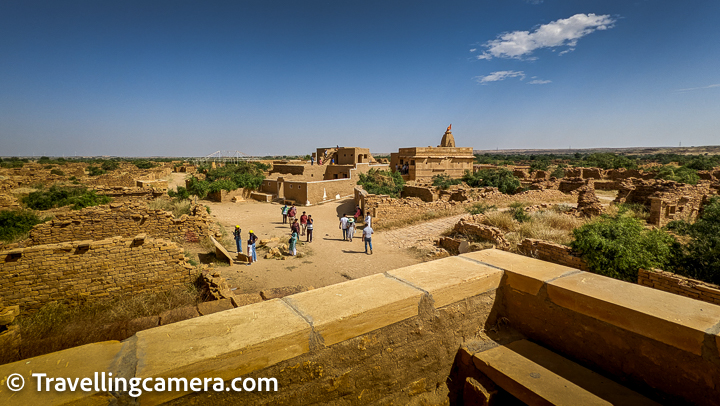











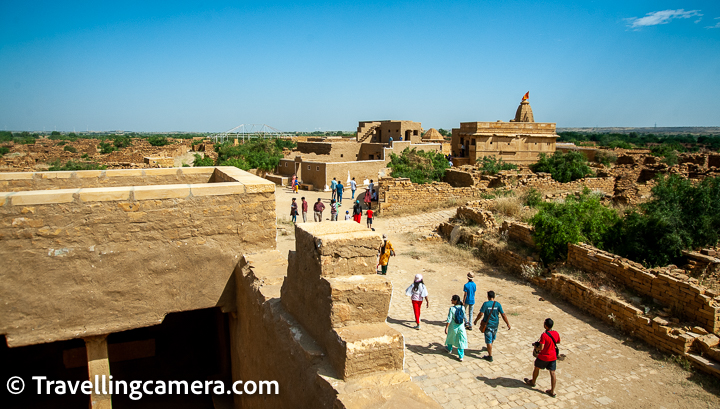

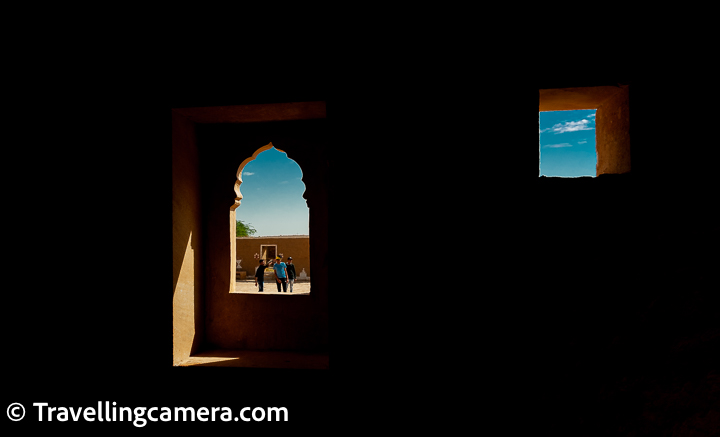
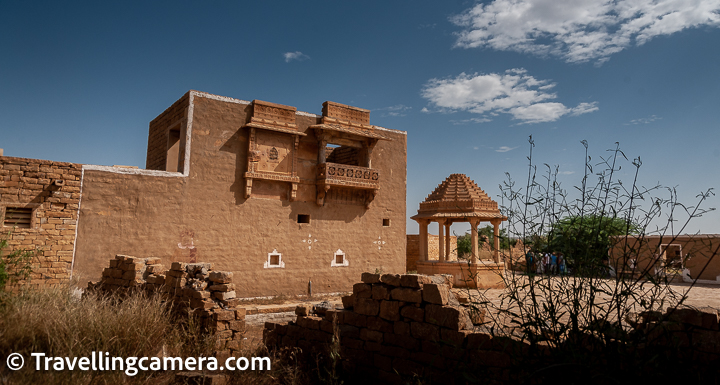





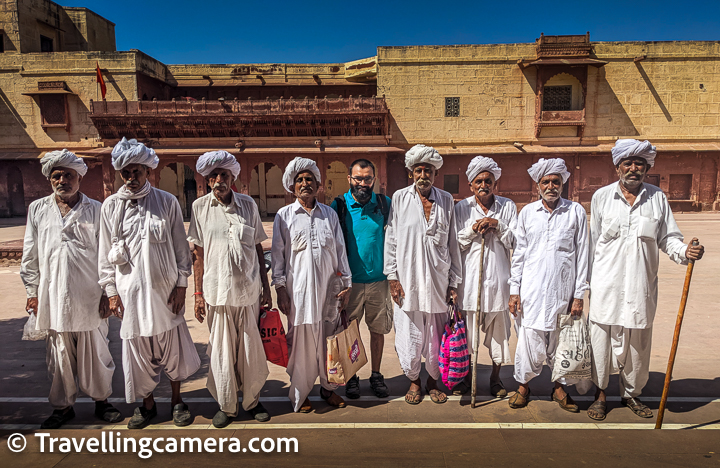


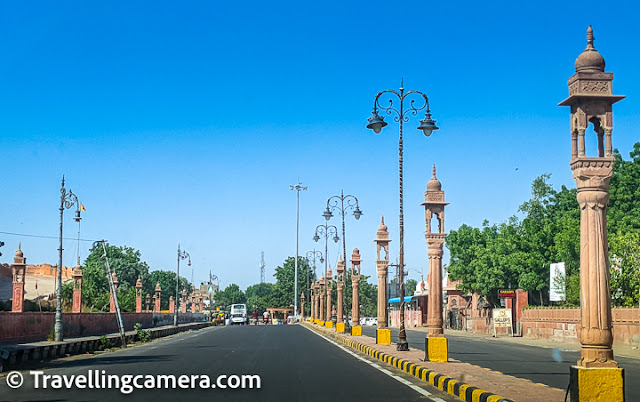




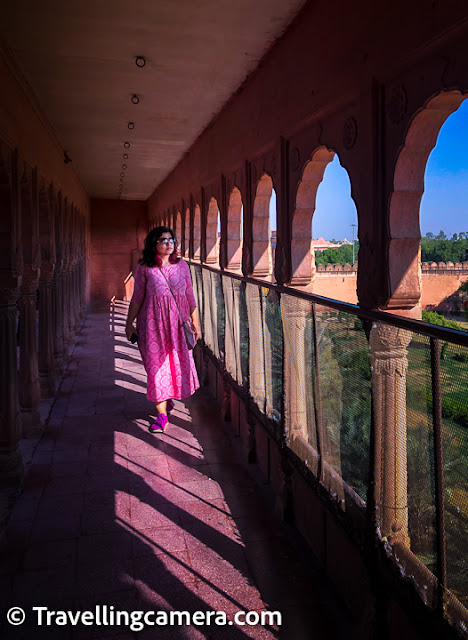

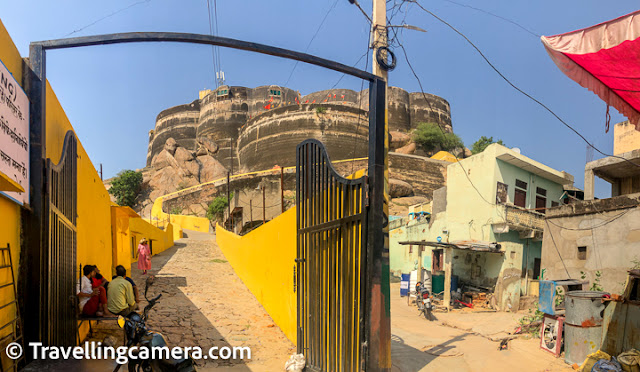

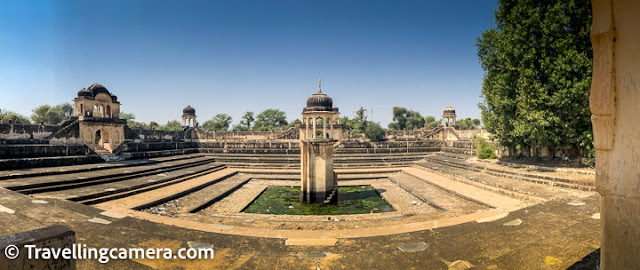


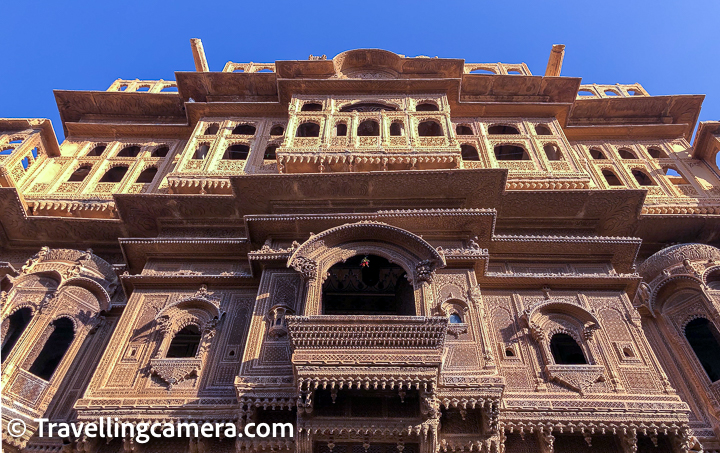
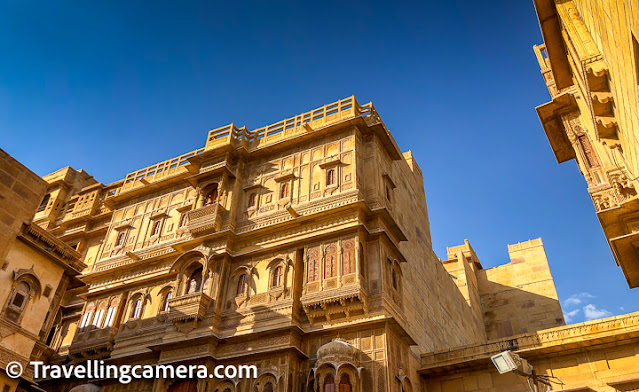





.jpg)
Comments